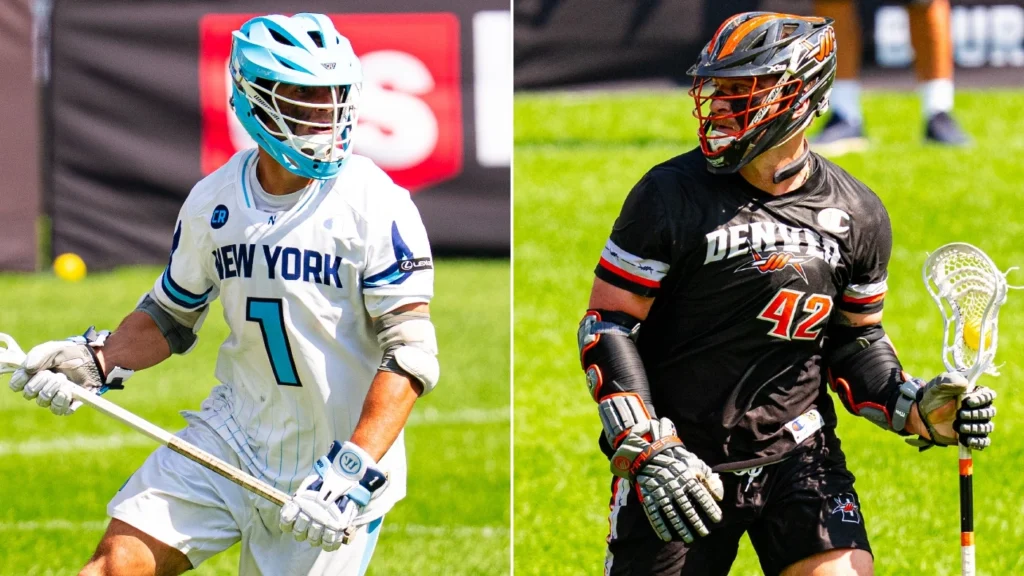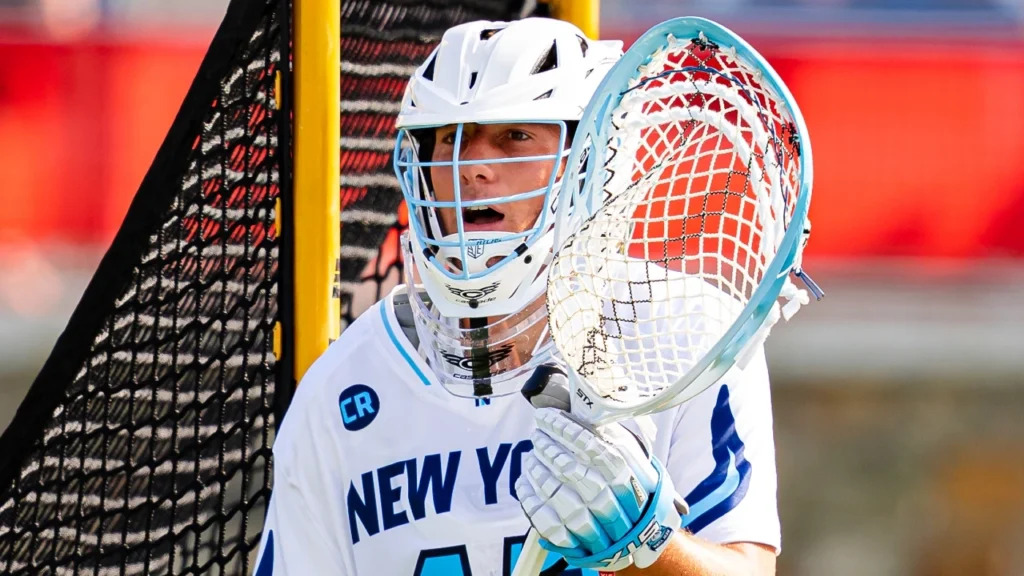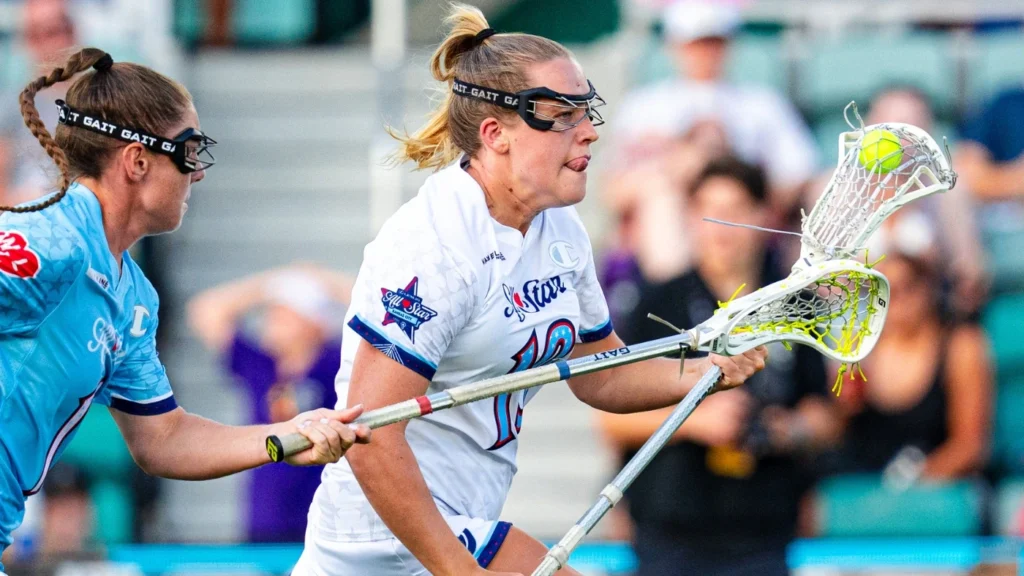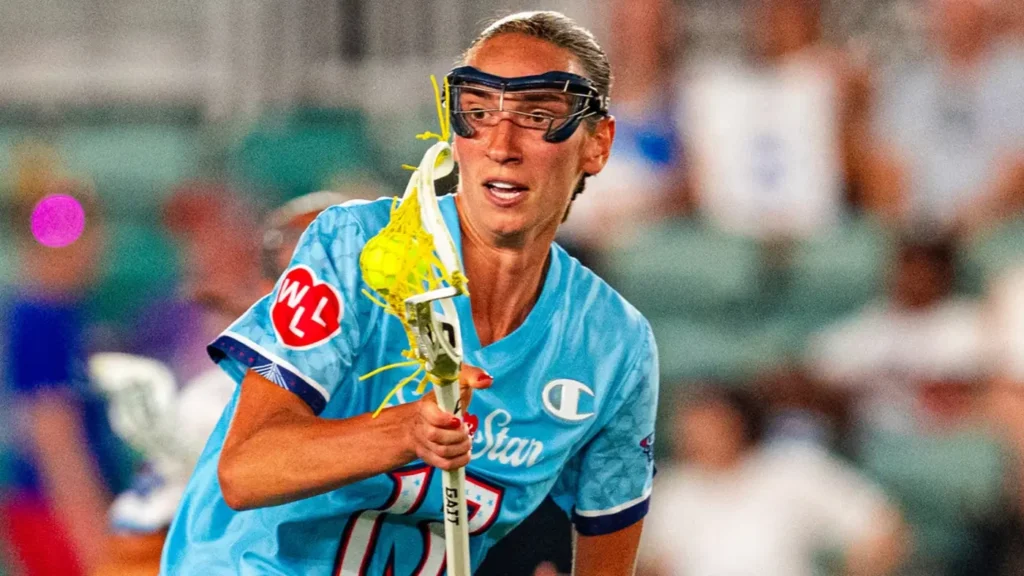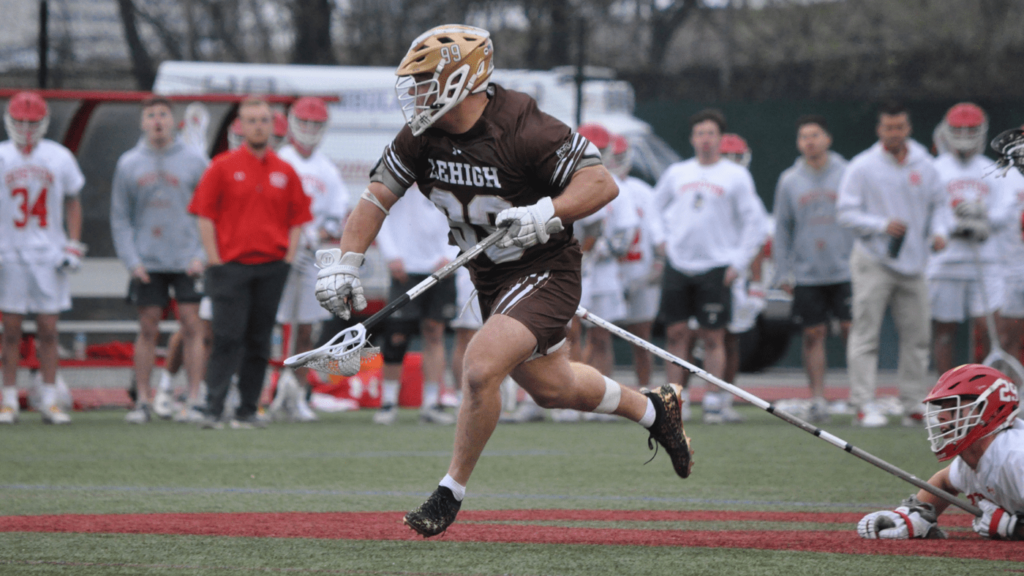
Evaluating Archers Lacrosse Club’s 2023 Draft
By Zach Carey
May 10, 2023
The 2023 PLL Draft is in the books and Archers Lacrosse Club has added four players to its roster. Head Coach and General Manager Chris Bates clearly prioritized positions of need and the players he and his staff liked most with his four selections. As training camp and the start of the regular season draw closer, we’re evaluating the club’s new additions regarding what they bring to the roster and how their value compares to where they were picked.
Mike Sisselberger, face-off specialist, Lehigh — 5th overall
The Archers got their guy. Bottom line, the club had to address the face-off position in the draft. Bates made that his absolute top priority by picking the consensus best face-off specialist in the draft fifth overall. The club didn’t mess around and nabbed the guy in this class who is most likely to compete with the best in the world.
As a prospect, Sisselberger is the perfect build for a face-off athlete with a 5’9” 220-pound build. He can get low to the ground — even lower with a knee down in the PLL — and dominate with both sheer strength and quickness. Sisselberger is explosive on the whistle and is elite at winning the ball to himself. At his very best, he is among the best pure face-off specialists to play the college game. His 79.5% win rate in 2021 was the highest single-season winning percentage in Division-I men’s lacrosse history and his career 67.8% number is seventh all time.
For the Archers, who won just 38.3% of draws in 2022, Sisselberger is an immediate upgrade at a position that has plagued the club for multiple years. The team had the most efficient offense and defense in the league last season, but not winning enough possessions ultimately doomed Bates’ team from capturing that elusive championship.
There could be a question regarding the value of picking a face-off specialist in this class at fifth overall when other talents such as close defenseman Will Bowen, attackman Tucker Dordevic, and midfielder Thomas McConvey were still on the board. The fact that no other face-off specialist was taken until the 14th pick (one selection after the Archers’ second round pick) could also indicate that Bates reached to get Sisselberger. But, at the end of the day, if the Archers believed Sisselberger to be the top guy in this face-off class, it’s hard to blame them for not taking any chances and simply getting their guy.
Sisselberger’s game is not perfect. After the draw he can be turnover prone because his stick skills are perhaps not quite up to par with the best specialists in the world. But that’s something that he can improve on and that the team can limit from severely impacting them with quality wing play. Fortunately, long-stick midfielder Jared Conners is one of the best face-off wings in the game with extremely capable stick skills while the host of potential short-stick wings that the club has can similarly lessen the impact of Sisselberger’s sometimes questionable field play.
Altogether, this is what the Archers needed. To what extent Sisselberger can compete with the best in the world will be determined at a later date. But he’s the one most likely to do that in this draft class and the club’s need at the position was such that taking chances was too risky of a game to play. Mike Sisselberger is an Archer, and that’s a win for the team and its fanbase.
Connor Maher, short-stick defensive midfielder, North Carolina — 13th overall
After addressing the need at face-off, Bates quickly turned his attention to adding to the club’s rope unit and bolstering its defensive chops. The club’s pick was North Carolina’s Connor Maher as Bates surprised many by selecting the underrated Maher the second time he was on the clock.
Where the 6’1” 187-pound Maher is at his best is as a physical defender who can capitalize on opponents’ mistakes, generate turnovers, and push the ball in the other direction. He averaged 0.81 caused turnovers and just over three ground balls per game throughout his career in Chapel Hill and tallied 11 points (three goals, eight assists) in 2023. Beyond the numbers, Maher is known as a leader of the Tar Heel defense. He was the SSDM on Carolina’s player-down unit in 2023 and was most often tasked with the toughest matchup among the short-sticks.
The question marks for Maher are regarding whether or not he can run with the quickest offensive midfielders in the PLL and how capable he will be defending the invert. It’s hard to pinpoint flaws in his college film, but there were times when he would get beat from behind the goal by a faster player that got a step and capitalized. Of course, getting beat is a part of playing the SSDM position. The key for Maher and him reaching the ceiling that is implied by his 13th overall selection will be limiting those occurrences to allow his strengths to shine.
From a drafting standpoint, picking Maher while the consensus top short-stick defender Payton Rezanka was still on the board was definitely a bold move by the Archers. Rezanka does seem like the more attractive prospect and a more athletic specimen. But projecting the SSDM position is always difficult given the volatility of the position. Meanwhile, Maher does check certain boxes as a decision maker in transition and as a fiend when the ball is on the ground that Rezanka doesn’t quite hit. Once more, it’s tough to criticize Bates and his staff for drafting for positional need and taking the guy they liked best.
Piper Bond, short-stick defensive midfielder, Penn — 21st overall
The Archers LC doubled down on the short-stick defensive midfield position in the third round with the selection of Penn’s Piper Bond. At 6’2” and 200 pounds, Bond provides additional length and size at SSDM while he also brings substantive physicality to the table.
What sticks out about Bond is the variety of players he’s capable of defending. When Penn played Duke earlier this spring, the Quaker defense was consistently comfortable with him switching onto attackmen including Dyson Williams and Andrew McAdorey. Bond saw reps against both the strength and pure size of Garrett Leadmon and the speed and shiftiness of Charles Balsamo and capably defended both well in different areas of the field. He’s tough and can push a bigger player off their line yet he’s also quick enough and plays angles effectively enough to stick with the smaller guys.
Bond doesn’t quite have the chops as a playmaker that Maher does — indicating where the Archers’ priorities are when drafting the position — but he’s arguably a sounder and higher ceiling prospect as a defender in settled play. With both Bond and Maher, the club gets two potentially valuable pieces to add to the revamped rope unit who can produce in different ways.
Cam Wyers, close defense, Loyola — 29th overall
The third clear area that Archers LC wanted to add to in the draft was the close defense considering the lack of depth with the three starters — Graeme Hossack, Matt McMahon, and Warren Jeffrey — the only close defenders currently rostered. In the fourth round, Bates picked a player who fits the archetype of defender that the club clearly loves. Wyers is a 6’5” 220-pound lefty out of Ottawa, Ontario who is a brute of a defender with heavy checks and strength as the primary characteristics of his game.
Wyers is a quality pickup in the fourth round who should provide decent depth behind the club’s starters. He’ll be able to fit into the defense nicely in a pinch. With Wyers as the fourth lefty and third Canadian among the team’s close defenders, there could be a bit of a sticking point for the Archers against the league’s bull-dodging righties who can exploit lefties having to use a v-hold or defend with their bottom hand. Of course, having the righty Conners as the ace in the hole is a pretty nice luxury to boast should such a matchup present itself as an issue in a meaningful way.
In time, Wyers could project to start when either McMahon or Hossack — both of whom are 30 years old — retire. To do so, he’ll need to improve both his foot speed and footwork in order to be able defend a wider range of offensive players. Yet he works well as a depth piece for the 2023 roster who can realistically step in against the right matchup and not be a weakness for the team defense.
All in all, the Archers undoubtedly got better via the draft by addressing the areas where they had holes. There could be questions regarding the pick integrity of the selections they made. But with a roster that is as stacked as the Archers’ is, filling those gaps and taking the players who best suit the system is an understandable and — for some other clubs — enviable approach.

